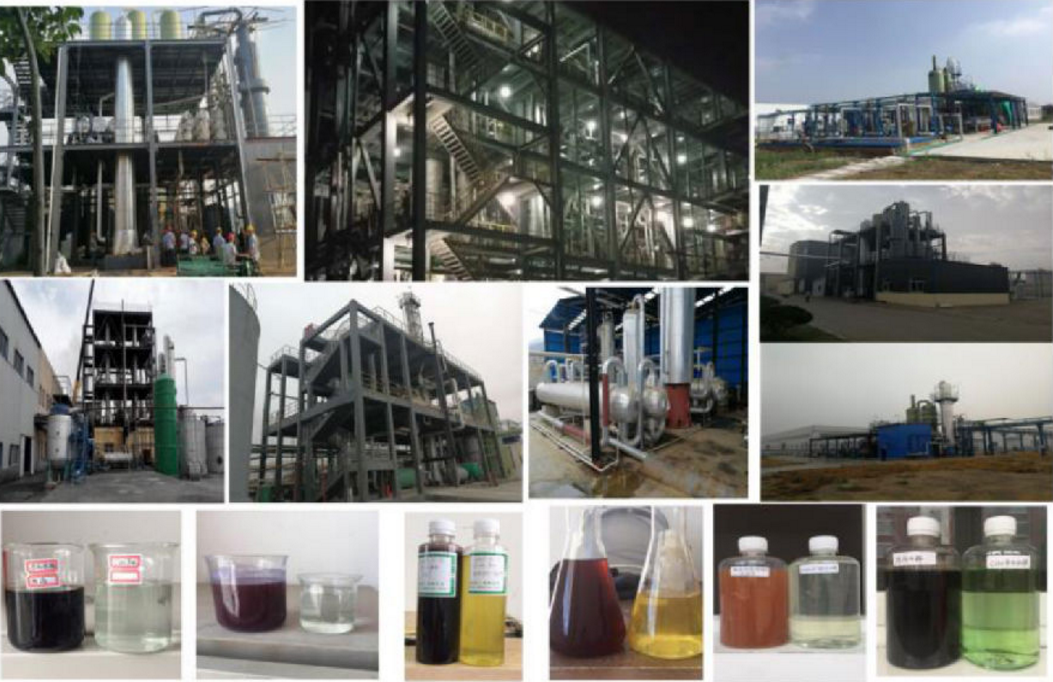With the development of industry, the discharge of industrial waste water is increasing day by day. When industrial waste water that does not meet the discharge standards is discharged into water bodies, it will pollute surface water and groundwater. Once a water body is polluted, it is not easy to restore it to its original state in a short time. So, what are the hazards caused by industrial wastewater?

Wastewater Treatment
1. Pollution of organic wastewater and inorganic wastewater containing non-toxic substances.
Although some pollutants are not toxic, they are harmful to water bodies due to their large amount or high concentration. For example, when the organic waste water discharged into the water body exceeds the allowable amount, the water body will appear anaerobic corruption. When a large amount of inorganic wastewater flows in, it will increase the concentration of salts in the water, causing changes in osmotic pressure, and adversely affecting organisms (animals, plants, and microorganisms).
2. Pollution of organic wastewater and inorganic wastewater containing toxic substances.
For example, pollution caused by acute toxic substances such as cyanide and phenol, chronic toxic substances such as heavy metals, and carcinogens. Poisoning methods include contact poisoning (mainly nerve poisoning), food poisoning and so on.
3. Pollution of wastewater containing a large amount of insoluble suspended solids.
Insoluble suspended solids wastewater such as paper pulp, cellulose, fine dust from coal mines, ceramics, and ash from the quarrying industry are deposited on the bottom of the water to form "poisonous sludge." There are many examples of toxic incidents. If these insoluble suspended solids are organic matter, they will decay and make the water body an anaerobic state. These substances can also block the gills of fish in the water, causing breathing difficulties and destroying spawning sites.
4. Pollution caused by oily wastewater.
Oil floating on the water is not only detrimental to the beauty, but also emits an unpleasant smell. Oils with a low ignition point may also cause a fire hazard. Animal and vegetable oils are corrupt and consume dissolved oxygen in water bodies.
5. Pollution caused by wastewater containing high turbidity and high chroma.
This waste water will cause insufficient luminous flux, thereby affecting the growth and reproduction of organisms.
6. Pollution caused by acid and alkaline wastewater
In addition to being harmful to organisms, acidic and alkaline wastewater can also damage equipment and equipment.
7. Pollution caused by wastewater containing multiple pollutants.
Various substances in this waste water will produce chemical reactions, or will produce chemical reactions under the action of natural light and oxygen and generate harmful substances. For example, sodium sulfide and sulfuric acid produce hydrogen sulfide, and ferrocyanide produces cyanide through photodecomposition.
8. Pollution caused by industrial wastewater containing nitrogen and phosphorus.
For closed waters such as lakes, the influx of wastewater containing nitrogen and phosphorus will cause abnormal reproduction of algae and other aquatic organisms, and eutrophication of the water body.
This shows that the treatment of industrial wastewater is imperative.
Our company engaged in providing complete set of production technology for chemical products, chemical separation solutions and technology for chemical sewage treatment.
If you want to learn more, please contact us.














